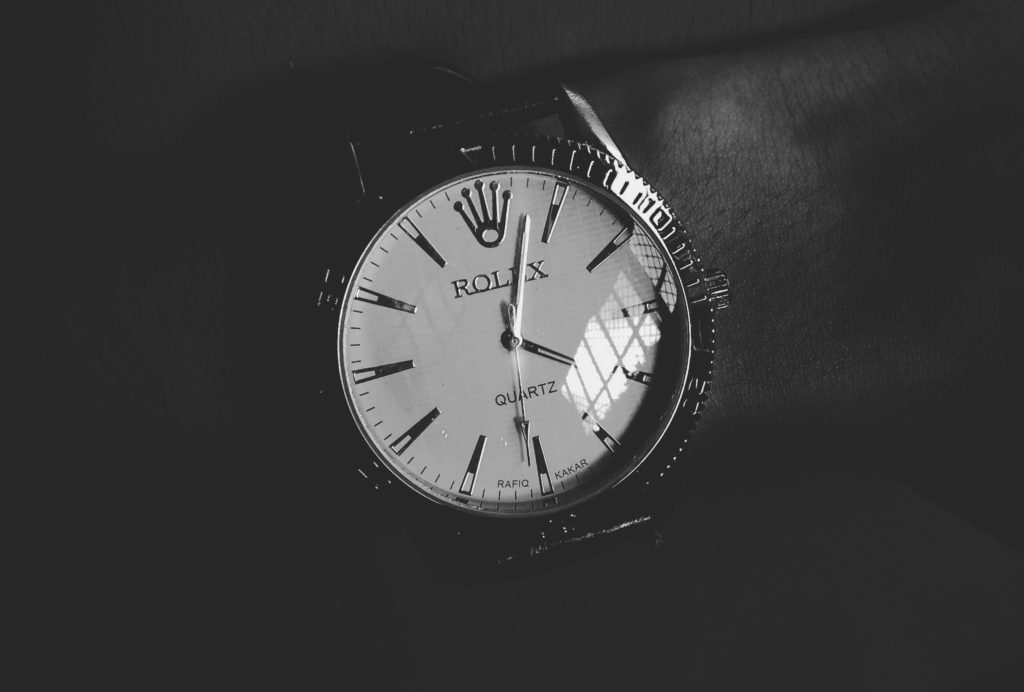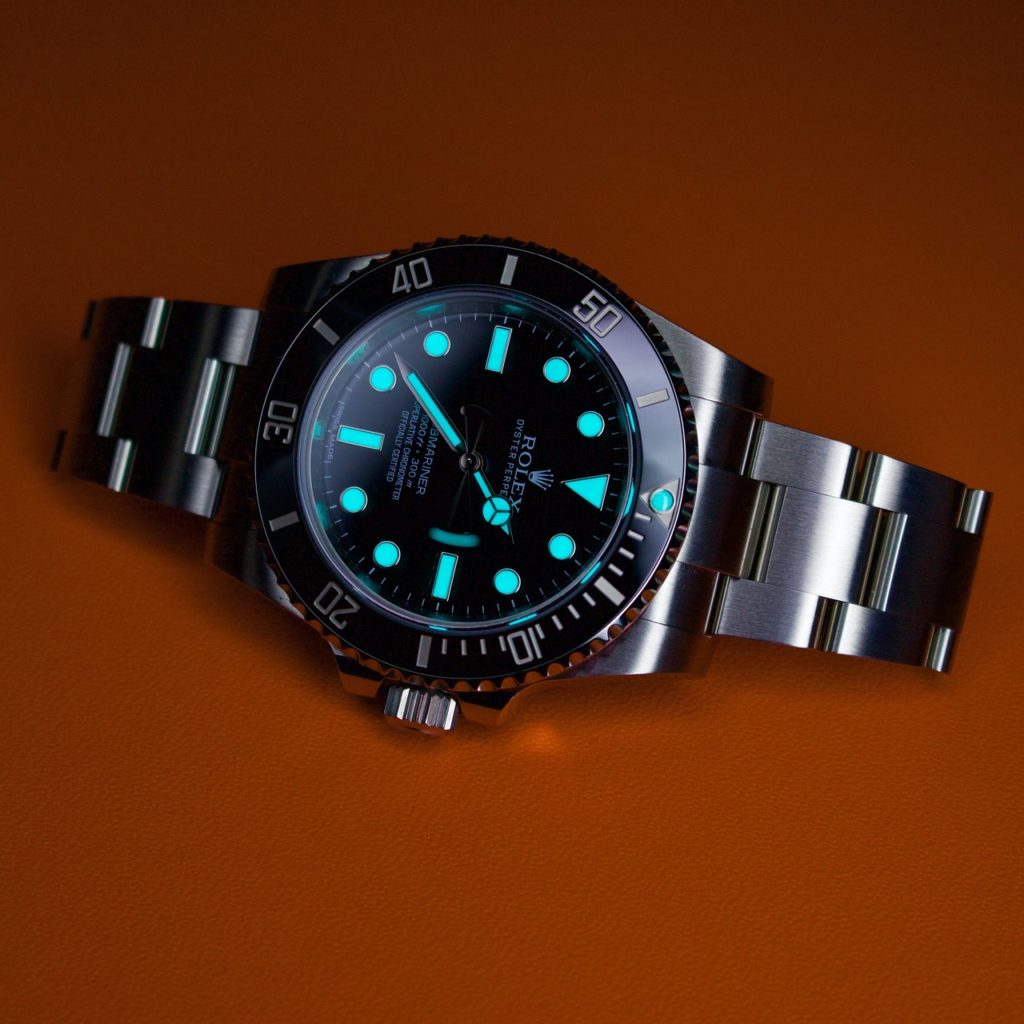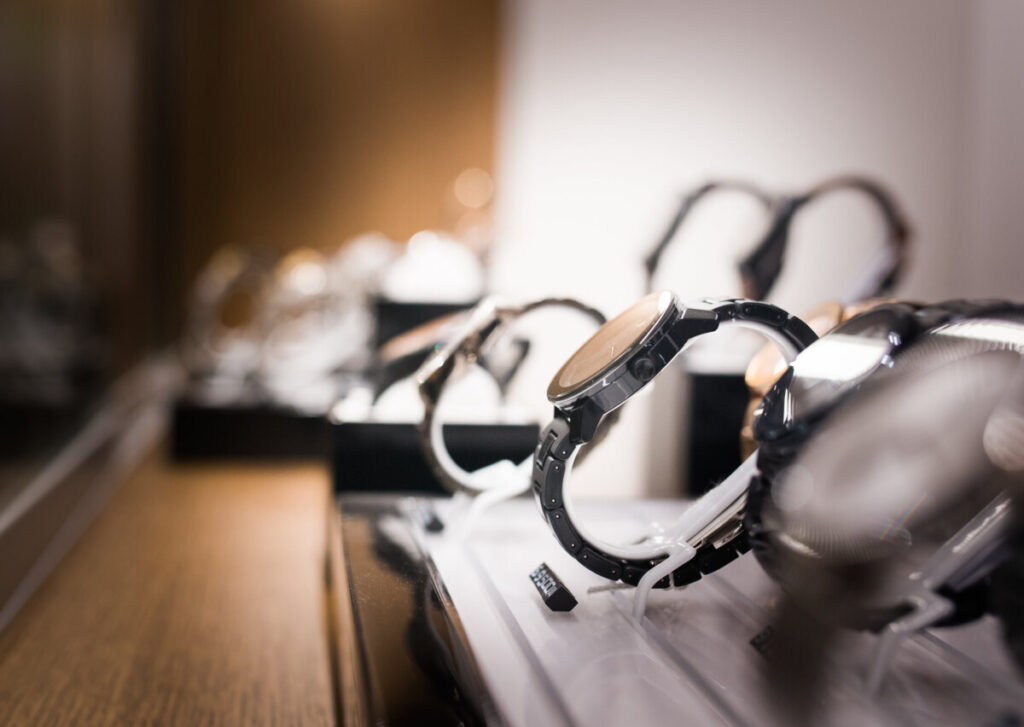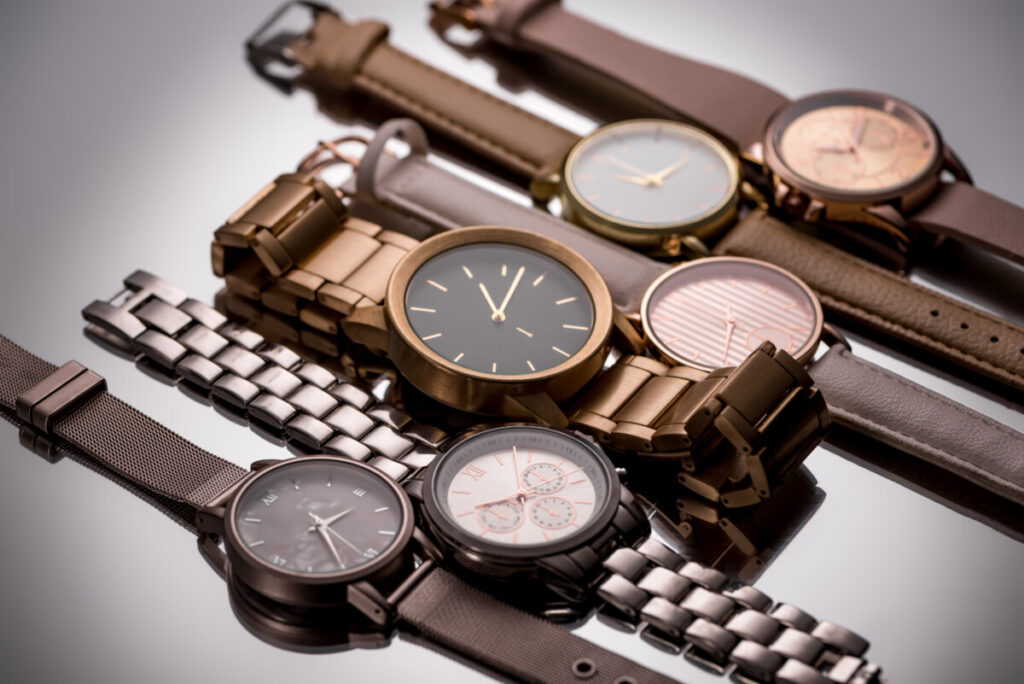Now you can listen to this article!
You love watches, but you hate winding them. It seems like every time you pick up your watch to wind it; it has stopped ticking already! But what if there was a better solution? There is!
Watch winders are designed to ensure that your favorite watches stay on time without any effort from you. This blog post discusses everything about watch winders, how they work, the different types available, and why they’re worth their weight in gold (or platinum).
First Things First, Are Watch Winders Necessary?
If you’ve mastered the art of winding your watches manually, you may be wondering why you should invest in a watch winder at all. Watch winding is simple and can be done with just two fingers, after all!
However, the answer isn’t as straightforward as it seems. While manual winding works for some people who have more time or patience (or both!), it’s not going to cut it for someone who wants to wear more than one watch and doesn’t have the luxury of time.
There are many reasons you may want a winder. These include:
- Your collection consists of multiple automatic watches, or even just two or three timepieces that need winding daily.
- You have extremely valuable pieces and would rather not take any risks with their well-being.
- Because it’s simply easier to use watch winders (who doesn’t love a bit of convenience?)
- Winders extend your watches’ life by keeping their mainspring from getting over-wound. In other words, if your watch winds down and you don’t wear it for a day or two, this won’t create any problems (so long as the winder is working properly).
- You save money in the long run.
Source: Watchboxco
How Do Watch Winders Work?
So, how do these handy little gadgets work? Watch winders are designed to mimic the movements of a wrist, thereby keeping your watch powered without you having to wear it. Basically, the winder rotates clockwise and then counterclockwise in intervals (usually 30 seconds of winding followed by 15-20 seconds of rest).
Furthermore, it ensures that the oscillating weights inside the watch are moving in and out, which keeps everything working properly. If you’re wondering if a watch winder can overwind your watch, the answer is no! You see, the system is designed so that it won’t overwind your watch, thus keeping everything working properly.
Source: Wired Shopper
What Kind of Watch Needs a Watch Winder?
So, do all watches need a winder? Not necessarily. The type of watch that needs a winder is one with an automatic movement, such as the ones made by Rolex and Omega.
If an automatic watch sits for too long without being worn, there’s a high chance its movement will be damaged. Therefore, a watch winder is a crucial investment if you want to increase the lifespan of your watch and keep it working for as long as possible. These gadgets protect against damage, provide convenience, and all at a fraction of the cost when compared with purchasing a brand new timepiece.
Cost
Watch winders vary in price. The most expensive winders on the market are made by luxury watchmakers, such as Rolex and other Swiss brands. These high-end models can cost several hundred dollars depending on your preferred features.
However, on most online stores, for less than $200, you’ll find a variety of automatic watch winders that will keep your timepiece working no matter where you are in the world.
Keep in mind that the more expensive the winder, generally speaking, the better materials and craftsmanship inside its construction. However, this doesn’t mean you should dent your wallet to get a reliable watch winder. You can find a handy gadget at a fair price that offers the most important features. Some of the things to look for include:
- Built quality: A good watch winder needs to be made with high-quality materials that are durable and long-lasting. The device’s exterior is usually plastic, but it’s important to look for a unit with heavy-duty aluminium or metal components.
- Program settings: This is the most crucial aspect of any watch winder. You need to ensure the winder has several options for Turns Per Day (TPD). A range between 650 and 1800 daily turns works perfectly for most automatic watches. Also, ensure the winder can rotate clockwise, anticlockwise, and bi-directionally to ensure it will work for all your timepieces.
- How many units: This goes hand in hand with the previous factor. For instance, a basic winder usually has settings for two to four pieces of timepieces. If you’re looking after more than that, consider getting a winder that can handle your entire collection.
Source: Hodinkee Shop
Are Watch Winders Bad for Your Watch?
The last thing you need is to invest in a winder that is going to damage your timepieces. Winders are not bad for automatic watches per see, but the quality of the watch winder can be a factor.
Poor quality or incompatible winders may damage your collection due to excessive vibration and shock, magnetization, and constant engagement.
Ensure the winder is compatible with your watch and that it’s made of high-quality materials. Also, choose a winder with soft cushioning to avoid any damage or stress on the timepiece mechanisms. Many manufacturers offer different types of cushioning materials, from synthetic felt to memory foam inserts. You must choose one that will not cause scratches over your watches’ faces and bands as well.
Source: Wind A Watch
Wrapping Up
There you have it; everything you need to know about watch winders. Remember, when looking for your next or first winder, consider the type of cushioning it has, and that is compatible with your collection. In addition, make sure the materials are high-quality and won’t cause damage.
Don’t forget to explore the available options online and read customer reviews to better understand what you’re buying. This will help to ensure that the watch winder is not only reliable and functional but also durable.







